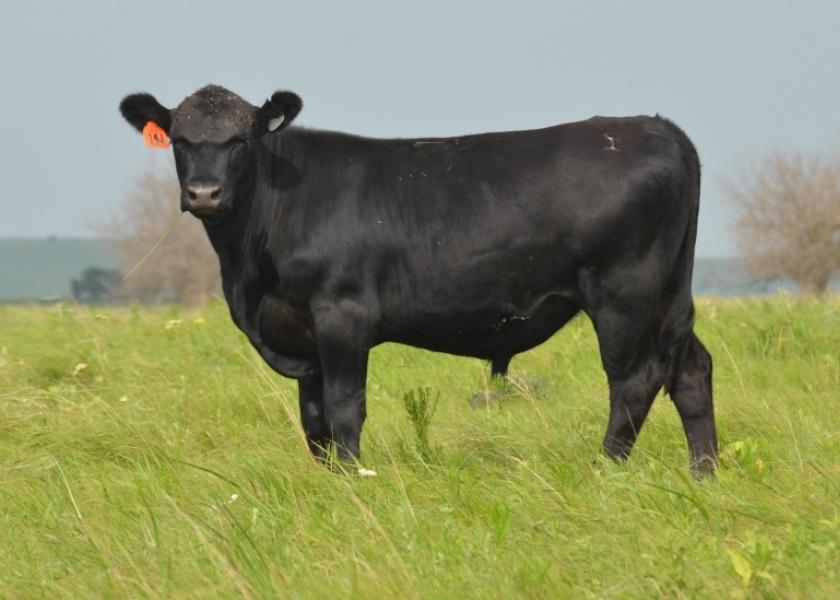Better Spring Forage Conditions in Oklahoma

It was just about one year ago when western Oklahoma experienced wildfires that burned about 400,000 acres and caused millions of dollars in damage. However, conditions were significantly different in April, 2018 with 34.85 percent of the state in extreme (D3) and exceptional (D4) drought conditions and just 41.72 percent of the state with no drought conditions. The latest Drought Monitor for the same period this year shows Oklahoma with 95.94 percent of the state with zero drought conditions.
That said, wildfire risks will be higher in the next few weeks with warmer temperatures and strong spring winds. The southeastern two-thirds of the state received significant rain this past weekend but most of the northern third of the state has had below average rainfall the past 30 days and dangerous conditions may develop quickly. Nevertheless, overall wildfire threats are lower compared to last year. Oklahoma is greening up rapidly, if a bit later than usual, as volatile weather has yet to be consistently warm. Soil profiles are saturated in most of the state and all that lacking is warm weather for ample spring pasture and hay growth.
With generally good summer forage prospects, stocker cattle demand remains strong with spring calf price peaks continuing into mid-April. Lightweight feeder cattle prices have yet to confirm a seasonal price peak and may hold steady or even push slightly higher in the next 2-3 weeks. In Oklahoma, five-weight steer prices typically drop roughly 7 percent between the spring peak into July and another 4 percent to fall lows in October. Large frame, number one steers (500 pounds) are currently priced about $186/cwt., suggesting an October low price of roughly $166/cwt.
Seven to eight-weight feeder steer prices have increased seasonally from the February low into April and typically increase seasonally to a summer peak in July before declining in the second half of the year. Current steer prices are roughly $148/cwt. (750 pounds, large, number one), suggesting a peak July price of roughly $153/cwt. and an October price near $148/cwt. Futures markets are more optimistic than that for feeder markets with current Feeder futures prices for the summer and fall well above these levels. This may provide a pricing opportunity for summer or fall feeder sales.
Fed cattle prices may have peaked on schedule in late March at nearly $129/cwt. However, continuing impacts of winter weather will help support fed prices for some time yet and may provide an opportunity to push to higher seasonal peaks. If it happens, that would likely occur soon…in the next two or three weeks. Beef production thus far this year is down 0.7 percent year over year but weekly beef production the last four weeks has averaged 1.8 percent higher year over year. Beef production typically increases from the first quarter to the third quarter of the year. The seasonal increase in beef production may be tempered somewhat in the coming weeks by lower carcass weights and other lingering impacts of severe weather this winter and spring. Normal seasonality of fed prices indicates that fed prices will likely drop to +/- $120/cwt. for fall lows.







